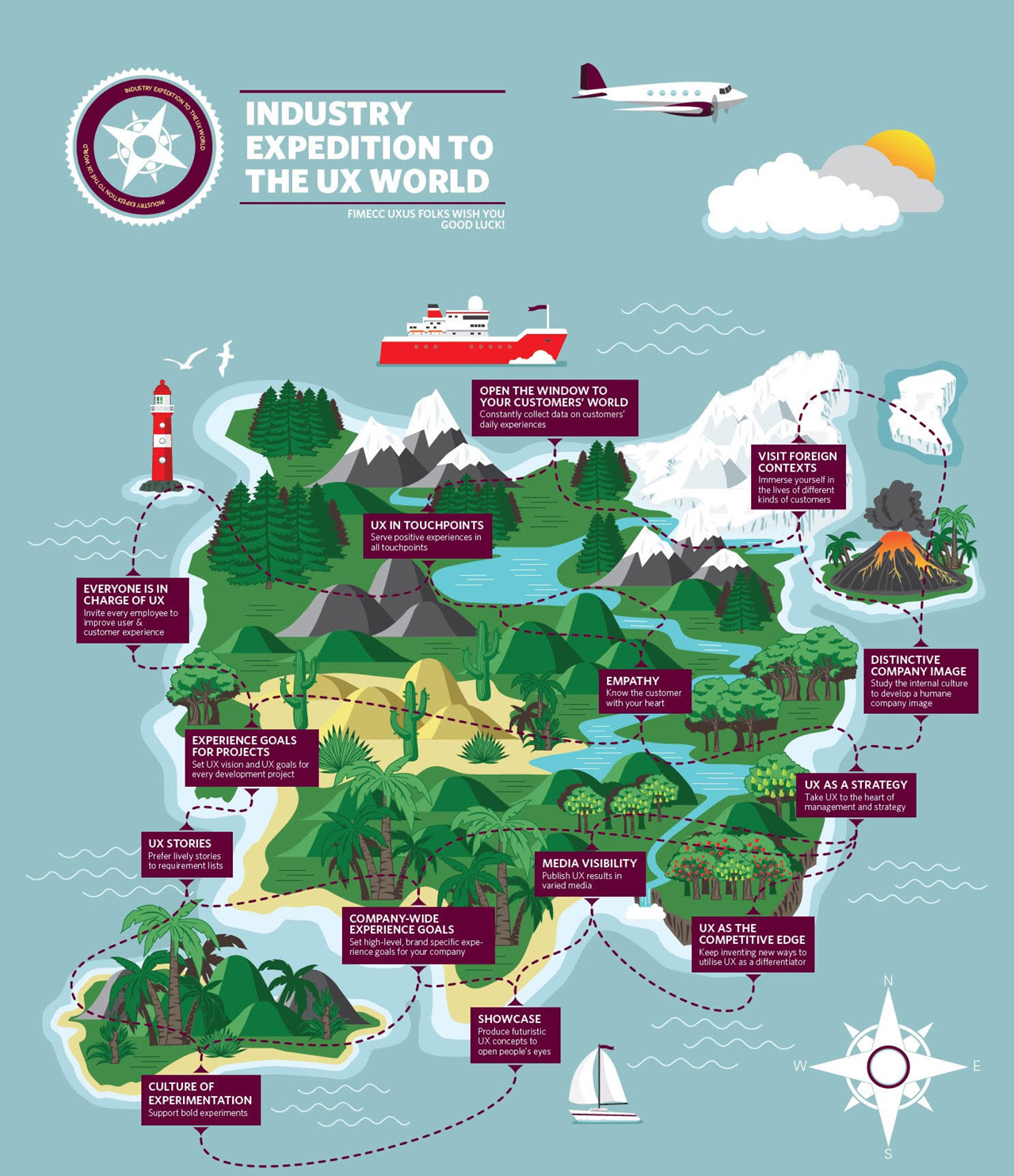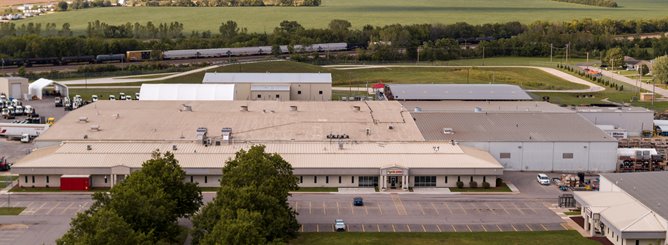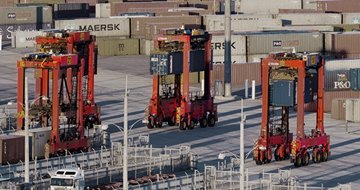Building Brand Love with Superior User Experience
We would like to pose a provocative question: Could you make your product or service so great to use that your customers would want to tattoo your logo onto their arm?
In consumer products, customers are happy to display their loyalty to brands that they love and with which they identify. Why couldn’t this be possible in industry applications as well?
Well, in fact it is – and there is a growing body of research that supports this conclusion. The key concept here is user experience, or UX for short. The User Experience and Usability in Complex Systems (UXUS) research programme of the Finnish Metals and Engineering Competence Cluster defined UX as follows:
The User experience (UX) at work is the way a person feels about using a product, service, or system in a work context, and how this shapes the image of oneself as a professional.
The field of UX is based on solid experience and research results that can provide concrete new tools for companies seeking to innovate and renew their business. In industry, the UX framework is still not widely used, whereas in consumer products and services it is often at the very core of product development.

At the heart of UX is putting yourself into the position of the experts that have the most knowledge of how your product works: Your customers, and more specifically, their end users. If you truly understand their world, you can create something that not only works, but also feels good to use, day in and day out.
Forget B2B, think H2H
A term that we should bury once for all is “B2B”. Ultimately, it’s always a person using your product, service or solution. So forget about business-to-business, think human-to-human. You are not designing a product for your customer. You are designing it for their users. If you just think in terms of one business selling to another, you will never reach the realm of double-price premium.
Unfortunately, we can’t tell you what the solution is – not for the container shipping industry, nor for whatever other field you may work in. But we can tell you that whoever does come up with that one golden idea will be the one whose offering the customer will want no matter the price, and the customers will be happy to pay extra for using it.
A superlative user experience can’t be something that is just styled onto the final product. It needs to be a core design goal throughout the entire process. You can go beyond a merely well-engineered product (with all due respect to engineers) and create something that truly “wows” the user – and it doesn’t need to add any cost overhead to the development process.
Goal: Make some people super happy
Reaching this level of UX will require providing not what the customer ordered, but something that greatly exceeds their expectations; something they haven’t even imagined yet. We need to deliver more than what the customer asked for. On the other hand, this also calls for great skill as we can’t overstep the project brief or make the customer feel like we are underestimating them.
UX goes beyond traditional concepts of usability, user interface design, industrial design and brand identity. An axiom of good UX design is that we shouldn’t worry about designing a product or solution that makes everyone happy. It is much better to create something that makes some people super happy.
If your customers love using your product – if they feel good about it – they will love your brand. Think about Apple users and their relationship to their tablets, smartphones and computers. Think about Harley-Davidson enthusiasts actually tattooing the logo of their motorcycle on their arm. This is certainly the ultimate victory for any brand. Or is it? After all, the question then becomes how to transfer this brand love to the next, upcoming generation of customers.
What, then, is the equivalent for our industry? It is unlikely that many clients in the container shipping business would want to engrave their service provider’s logo onto their biceps. But if a product or service is so good that people feel great using it, they will want to buy from us – or from you – and price will not be the only deciding factor. How does that sound?
So, the race is on. Who will get there first?
This article was co-authored with Maaria Nuutinen. Nuutinen was programme manager of the FIMECC UXUS programme (2010-2015). Her passion is to understand and help human and organisational activity in the context of technology enabled business. She is particularly interested in developing ways for enhancing mind set change and value co-creation based on user and customer experience. Her research interests include organisational culture, change management and service innovations. She is a Vice President in Business, Innovation and Foresight at VTT Technical Research Centre of Finland Ltd. Maaria Nuutinen received her PhD in psychology from the University of Helsinki in 2006. This post has been published also in VTT’s blog.




